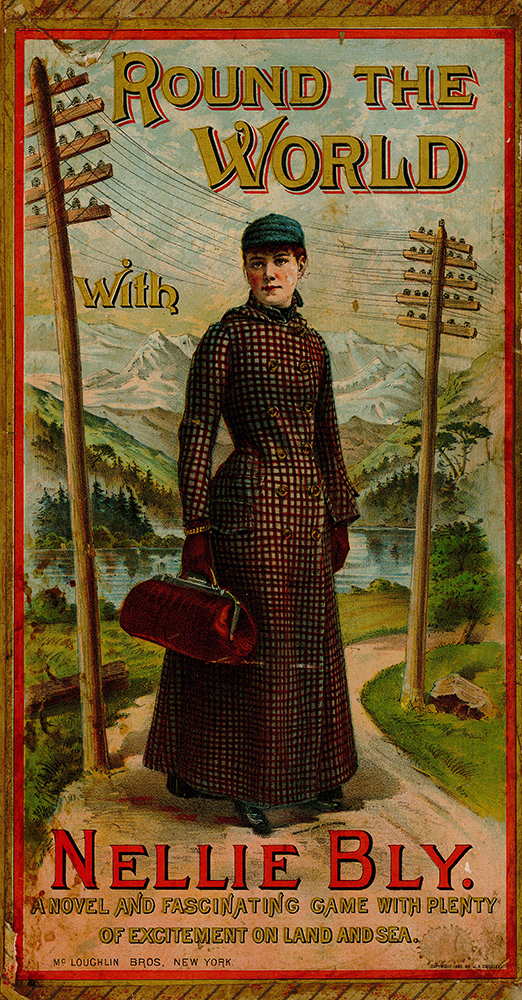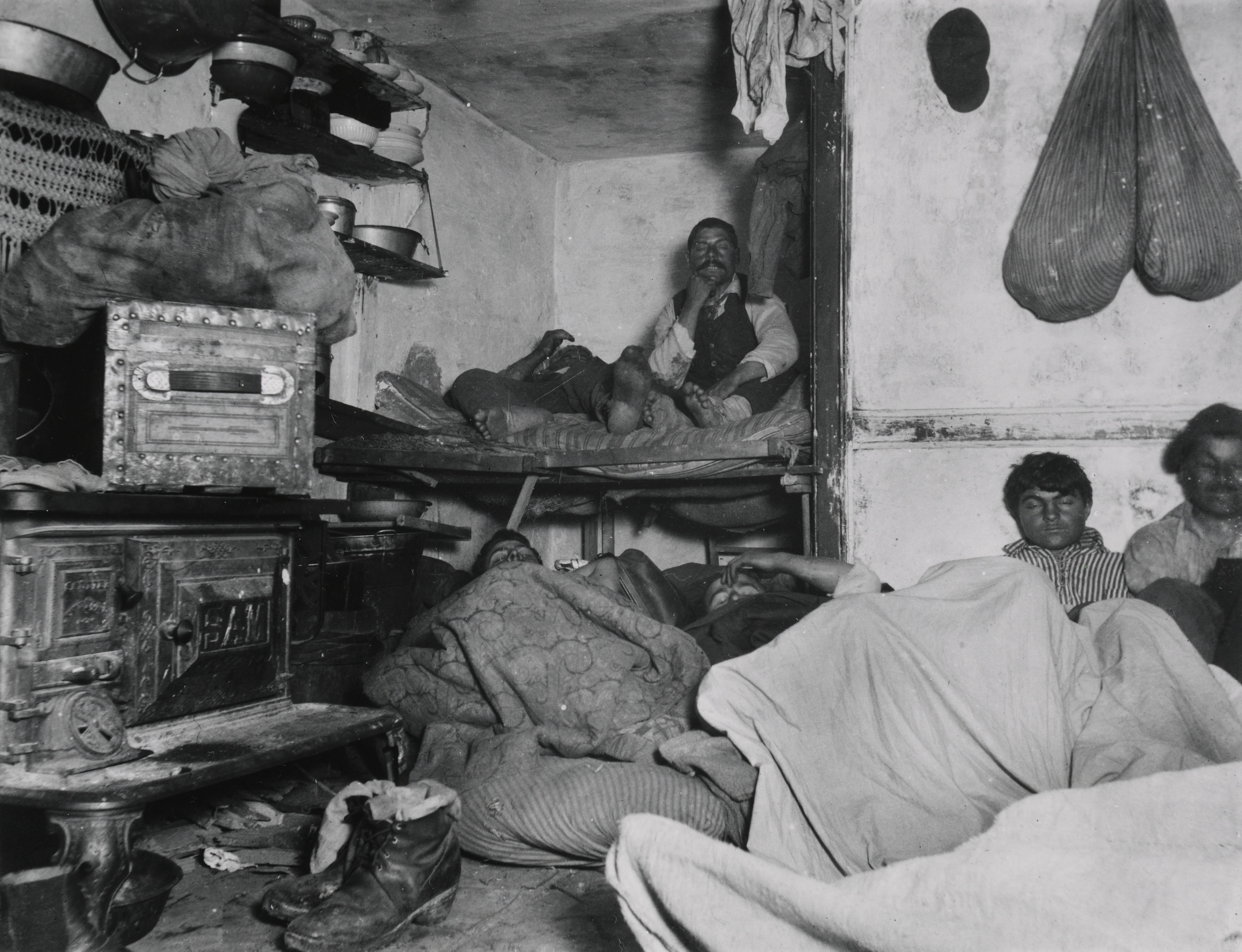My peers stated that Bly believed women were not useless, regardless of what they were often being told at the time. She constantly wanted to prove people wrong and even completed her "Around the World in Eighty Days" inspired trip in 72 days.
Some of my other peers furthered the discussion on investigative journalism through their presentation on the muckrakers. Although this group of journalists began with pieces that were considered more of a form of yellow journalism, they eventually became more professional. Lincoln Steffens was one of the leading muckrakers of the Progressive Era in the early 1900s. He published an article in 1902 that exposed how city officials worked in league with big business to maintain power while corrupting the public treasury.Upton Sinclair was another muckraker who published his novel, "The Jungle," in 1906 in order to expose the appalling working conditions in the meat-packing industry. My peers described that this was really the beginning of investigative journalism of the government and that it exemplified SPJs Code of Ethics.
Finally, one of my peers discussed Jacob Riis and the important role he played in photojournalism. Riis worked as a police reporter and therefore had extensive knowledge of NYC’s slums. His photography, showcasing the awful living conditions in the city's slums in the 1880s, became well-known as one of the first forms of photojournalism.
He used his photography to publish a book, "How the Other Half Lives," which highlighted poverty in America. "The Making of An American" was his autobiography published in 1901 which follows Riis's early life in Denmark and his struggles as an immigrant in the United States.
These individuals were only a handful of the early journalism heroes discussed in class, but their impact on journalism immediately stuck out to me. They truly embodied the purpose of the press and wrote for the people rather than the government.




No comments:
Post a Comment